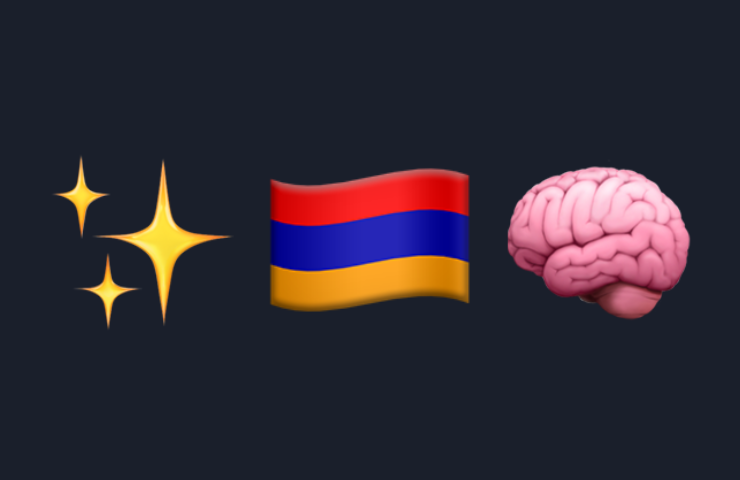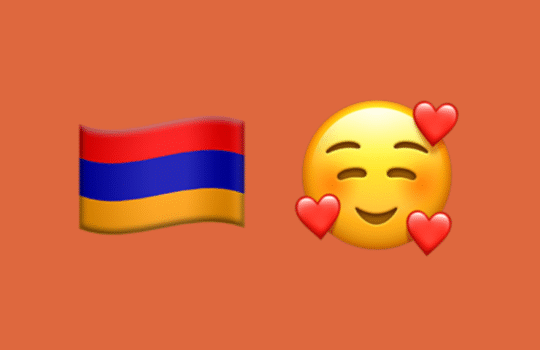Learning a language can sometimes feel like homework—rigid schedules, endless vocabulary lists, and pressure to Teaching Armenian to youth requires creativity, energy, and interaction. Children and teens learn best when lessons combine speaking, listening, movement, and imagination. This guide provides practical ideas to make your Armenian lessons dynamic, fun, and culturally immersive.
1. Story-Based Role Play
Objective: Enhance speaking, vocabulary, and cultural understanding.
- Choose a short Armenian story or folk tale.
- Assign roles to students (characters, narrator).
- Encourage dialogue and improvisation in Armenian.
- Tip: Use props or costume elements to make it memorable.
Example: Acting out a traditional Armenian market story helps students practice numbers, greetings, and shopping phrases naturally.
2. Armenian Word Games
Objective: Build vocabulary while keeping students engaged.
- Bingo: Use Armenian words on cards and call out definitions or images.
- Memory Match: Match Armenian words with pictures.
- Word Scavenger Hunt: Hide objects or labels around the classroom; students find and name them in Armenian.
Observation: Games motivate learners and turn repetition into play, which improves long-term retention.
3. Music & Song Integration
Objective: Improve listening, pronunciation, and rhythm in Armenian.
- Introduce simple Armenian songs or rhymes.
- Pause to highlight vocabulary and phrases.
- Encourage students to sing along or create movements to match lyrics.
Example: A song about Armenian fruits and vegetables can double as a vocabulary and counting lesson.
4. Creative Arts & Crafts
Objective: Combine cultural knowledge with hands-on language practice.
- Have students create Armenian-themed crafts (pomegranates, carpets, or traditional masks).
- Ask them to describe their craft in Armenian, using color, shape, and material vocabulary.
Tip: Visual and tactile activities help kinesthetic learners grasp language faster.
5. Interactive Storytelling
Objective: Develop listening and comprehension skills.
- Start a story and have students take turns adding sentences in Armenian.
- Encourage them to use new vocabulary introduced in class.
- Variation: Students draw scenes as the story unfolds, labeling objects in Armenian.
Observation: Collaborative storytelling promotes creativity, language use, and peer learning.
6. Technology-Enhanced Learning
Objective: Make lessons modern and accessible.
- Use apps like Quizlet or Kahoot! for interactive vocabulary quizzes.
- Encourage digital storytelling, where students create slides or short videos with Armenian narration.
- Use virtual field trips to Armenian cultural sites online, discussing what they see in Armenian.
7. Mini Armenian Market
Objective: Teach practical language through real-world simulations.
- Set up a classroom market with items labeled in Armenian.
- Students take turns as shopkeepers and customers.
- Focus on phrases like greetings, asking prices, and expressing preferences.
Tip: This works especially well for older kids and teens, making learning social, interactive, and memorable.
8. Armenian Mystery Games
Objective: Encourage problem-solving while using Armenian.
- Create a simple mystery scenario (missing item, secret code).
- Students work in teams to ask questions, gather clues, and solve the mystery in Armenian.
- Vocabulary: Colors, objects, locations, verbs for movement or discovery.
Observation: Mystery games increase engagement and speaking confidence.
9. Cultural Integration
Objective: Deepen understanding of Armenian heritage while practicing language.
- Introduce Armenian festivals, folk dances, and traditions.
- Students can present a short report, dance, or craft demonstration in Armenian.
- Encourage questions and discussion in the target language.
10. Reflection & Journaling
Objective: Reinforce lessons and encourage self-expression.
- After activities, ask students to write or draw a reflection in Armenian.
- Prompts: “What did I learn today?” or “My favorite Armenian word this week is…”.
- Older students can create short diaries or storybooks to track progress.
Tip: Writing reinforces grammar, vocabulary, and sentence structure in a personal context.
Conclusion
Interactive lesson ideas make learning Armenian fun, dynamic, and culturally rich. From role play and games to crafts and mystery activities, students practice real-world language skills while connecting with Armenian heritage.

Ready to start learning Armenian?(www.tunapp.com/get-started)
Tun Online Armenian School is available online to students in 30+ countries. Students can log in and learn Eastern or Western Armenian at a pace that suits them, and it features lessons, quizzes and interactive games to make learning fun.
<< Create your free account and start your first lesson now! >>
✅ Eastern and Western Armenian
✅ Available on mobile
✅ Available on desktop and laptop
✅ Ad-free learning experience
✅ Live practice with other Armenian speakers
✅ Beginner, Intermediate and Advanced levels
✅ Tutor help available
✅ Try before you buy with 4, 8 or 12 lessons free
✅ Cancel any time
















